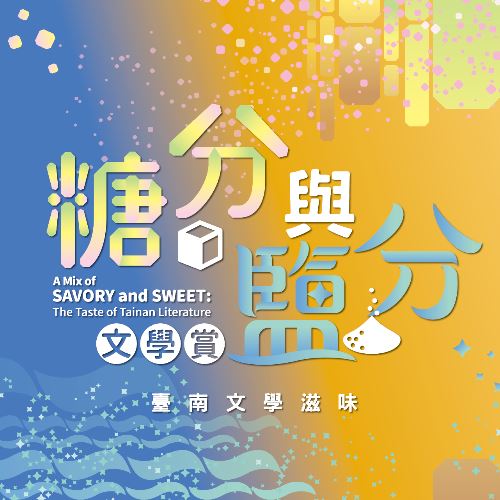
A Mix of Savory and Sweet: The Taste of Tainan Literature
Full Sugar
๑ Tân Lûi ๑ Su Wei-chen ๑ Hiu Yit-fam ๑ Yu Yong-he ๑ Li Yecang ๑
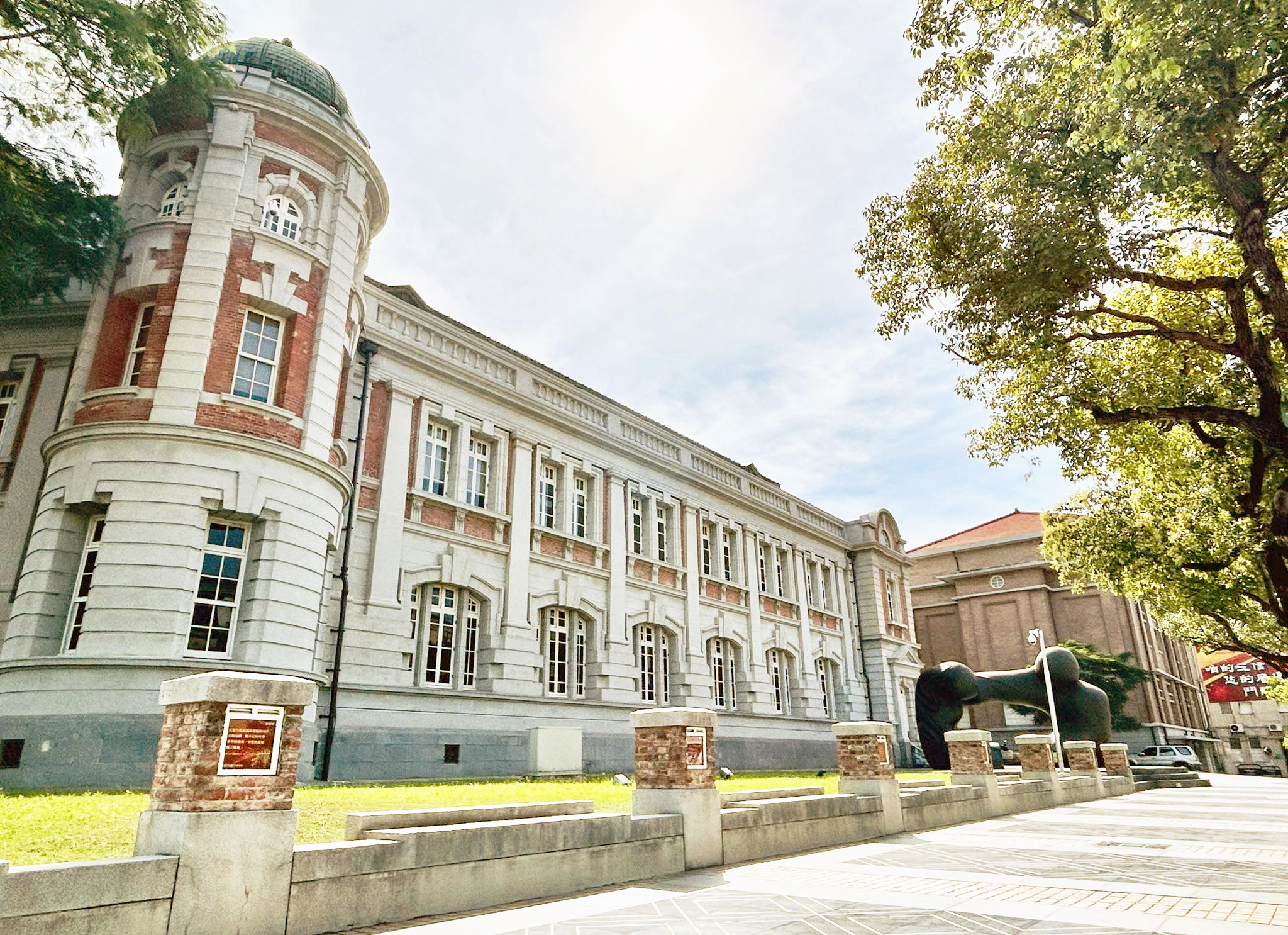
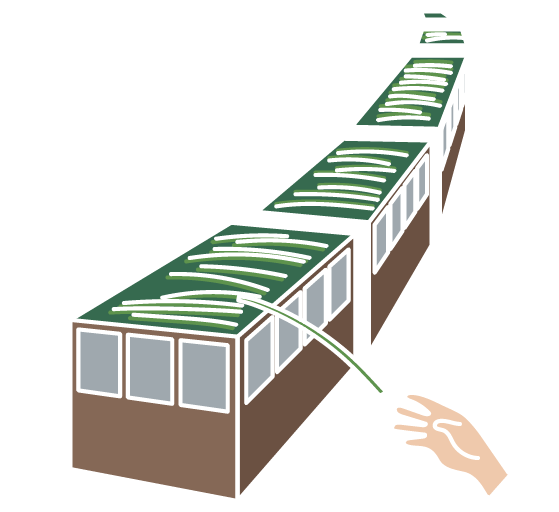


A long sugar train filled to the brim; cane draping from its every side. Young urchins make mischievous chase. Clinging to the rear, they have their fun filching one by one this train's sweet passengers.
Excerpted from The Last Field of Sugarcane
Author: Tân Lûi
Publisher: Tao-Hsiang Taiwan Literary Workshop (2016)
_____________________________________________________________________
| About the Author |
Tân Lûi, real name Wu Jing-yu, once co-published "Tâi-bûn Thong-sìn (Taiwanese Writing Forum)." Tân Lûi's creative writing includes discourse, poetry, prose, fiction, and play scripts. Initially writing in Chinese and English, he later focused on writing in Taiwanese. His works often revolve around land politics and history, particularly the February 28 Incident and White Terror, and he also pays attention to environmental issues and changes in social structure, revealing his deep affection for his homeland and love for his nation.
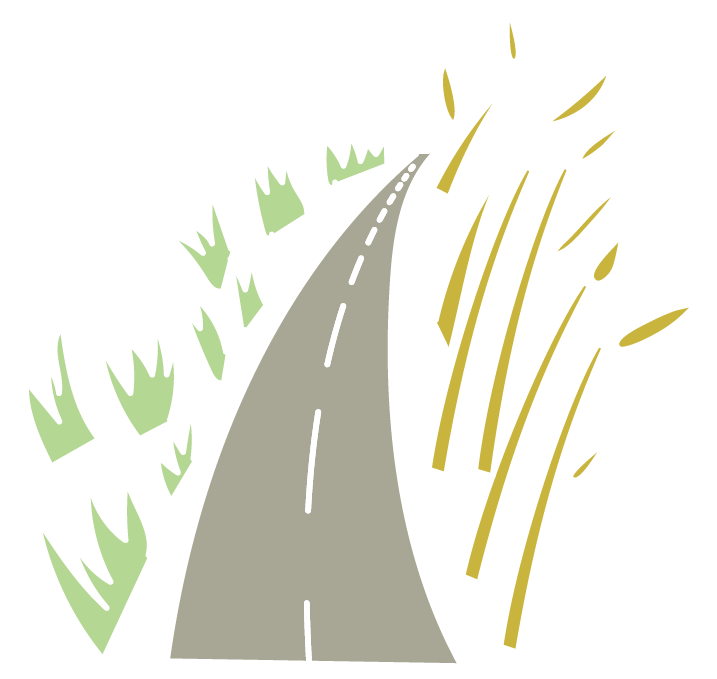


At dusk, the air is awash in the sweet smell of sugarcane. The bursts of sound from cars on a nearby highway greet the ears like randomly set explosions, causing the fresh grass and syrupy sweet aromas to burst as well.
Excerpted from Leaving Tongfang
Author: Su Wei-chen
Publisher: Linking Publishing Co. (1990)
_____________________________________________________________________
| About the Author |
Su Wei-chen primarily writes novels, along with discourse and prose. Her novels often depict women sacrificing for love. In recent years, her writing has shifted to a gray tone, tending to describe vague life situations. Her prose is lyrical and elegant, covering life, travel, and records of a decade of reading and editing experiences. In discourse, she explores Eileen Chang's works and their influence on Eileen Chang-style (Chang-style) writers.
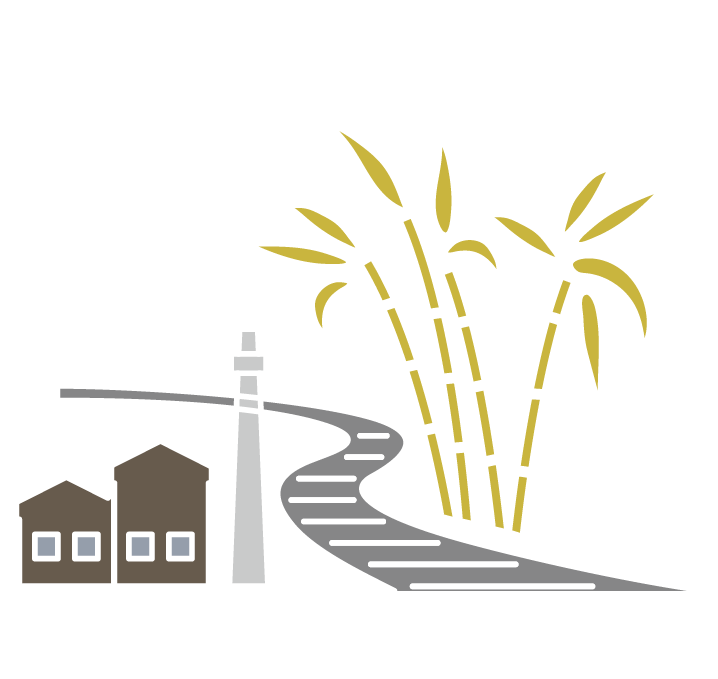


History is written all over this sugar mill
from the foundation to its roof;
across its wagon cars and production line;
from the smokestack where tea eggs were boiled
to the saccharine sweet smell of sugarcane juice.
Excerpted from "Shigu Cultural Park" My Home, My Heart: Collection of Poems in Hakkanese by Hiu Yit-Fam
Author: Hiu Yit-fam
Publisher: Lauréat Publications (2018)
_____________________________________________________________________
| About the Author |
Chiu Yit-fam writes discourse, poetry, prose, and fiction. He is dedicated to developing Hakka literature and promoting the written form of the Hakka language. From literary creation and research insights to the field of teaching, he insists on writing and publishing in Hakka. Chiu Yit-fam's discourse analysis focuses on Hakka poetry, exploring the connection between language and life, analyzing ethnic imagery in literature; his poetry and prose narrate people, events, and scenery around him, caring for his hometown and land, and showing deep concern for nature and social issues.
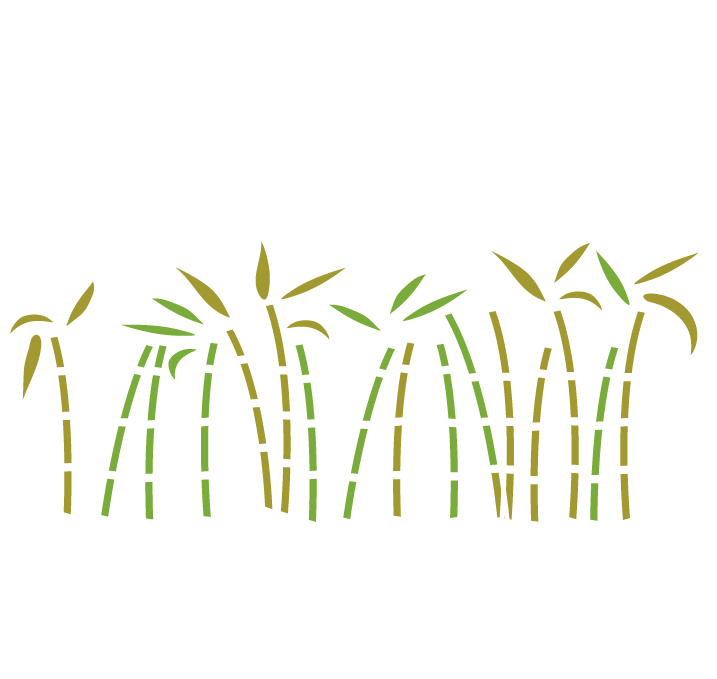


Sugar cane fields - so green, so lush.
An overflowing abundance that blocks off the roads.
Once the cane is bundled up and shipped to the mills
all that will remain is leaf fodder for our cows.
Excerpted from "Taiwan Zhuzhi Poems" (5th of twelve poems) Classical Poetry of Taiwan, Vol. 1
Author: Yu Yong-he
Publisher: National Museum of Taiwan Literature (2004)
_____________________________________________________________________
| Appreciation |
This poem offers a glimpse of life in Taiwan during early Qing Dynasty rule, when sugarcane was already a major cash crop. Sugarcane fields are described as unfolding as far as the eye can see, with the sugar-laden cane bending down and covering adjacent roads and pathways, making it easy for travelers to lose their way. Next, the author describes how, after the cane has been harvested and hauled away by oxen cart to sugar refineries, all that remains are cane leaves, which are fed to cattle. Covering both production (sugarcane fields) and processing (mills), this poem describes vividly the prosperity generated by sugar processing in Taiwan during the late 17th and early 18th centuries.
| About the Author |
Yu Yonghe, a native of Renhe, Zhejiang during the Qing Dynasty, styled himself as Canglang, and once passed the imperial examination as a Xiucai. He claimed to be "an enthusiast of travel, unafraid of obstacles and dangers." In February 1697, he came to Taiwan to collect sulfur, enduring hardships and dangers. By early October, he successfully completed his mission and returned to Fujian. He documented his experiences and observations in Taiwan, composing the first Taiwanese travelogue by a literary official, titled SMALL SEA TRAVELOGUE. The book concludes with 24 "Zhuzhi Ci" poems, describing the customs and lifestyles of the Siraya people, commonly known as "Tufan Zhuzhi Ci," marking the origin of Taiwanese Chinese classical poetry.
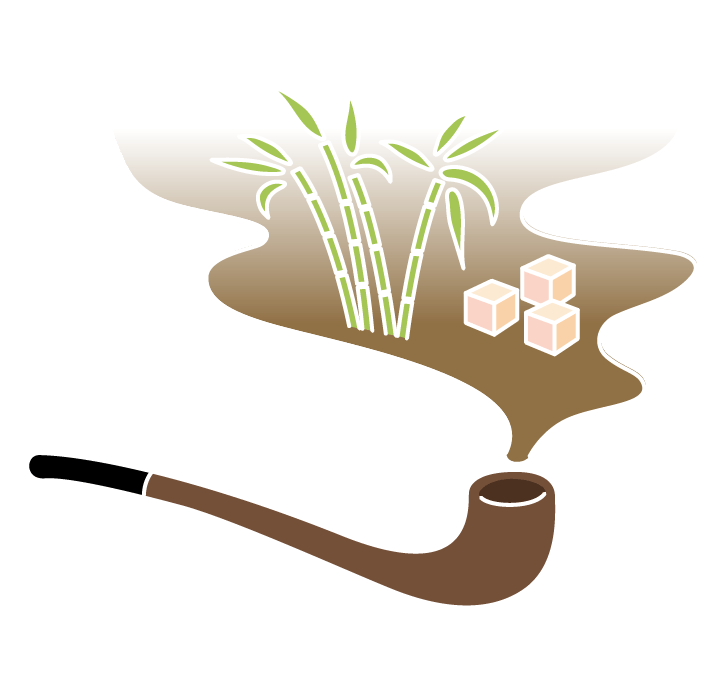
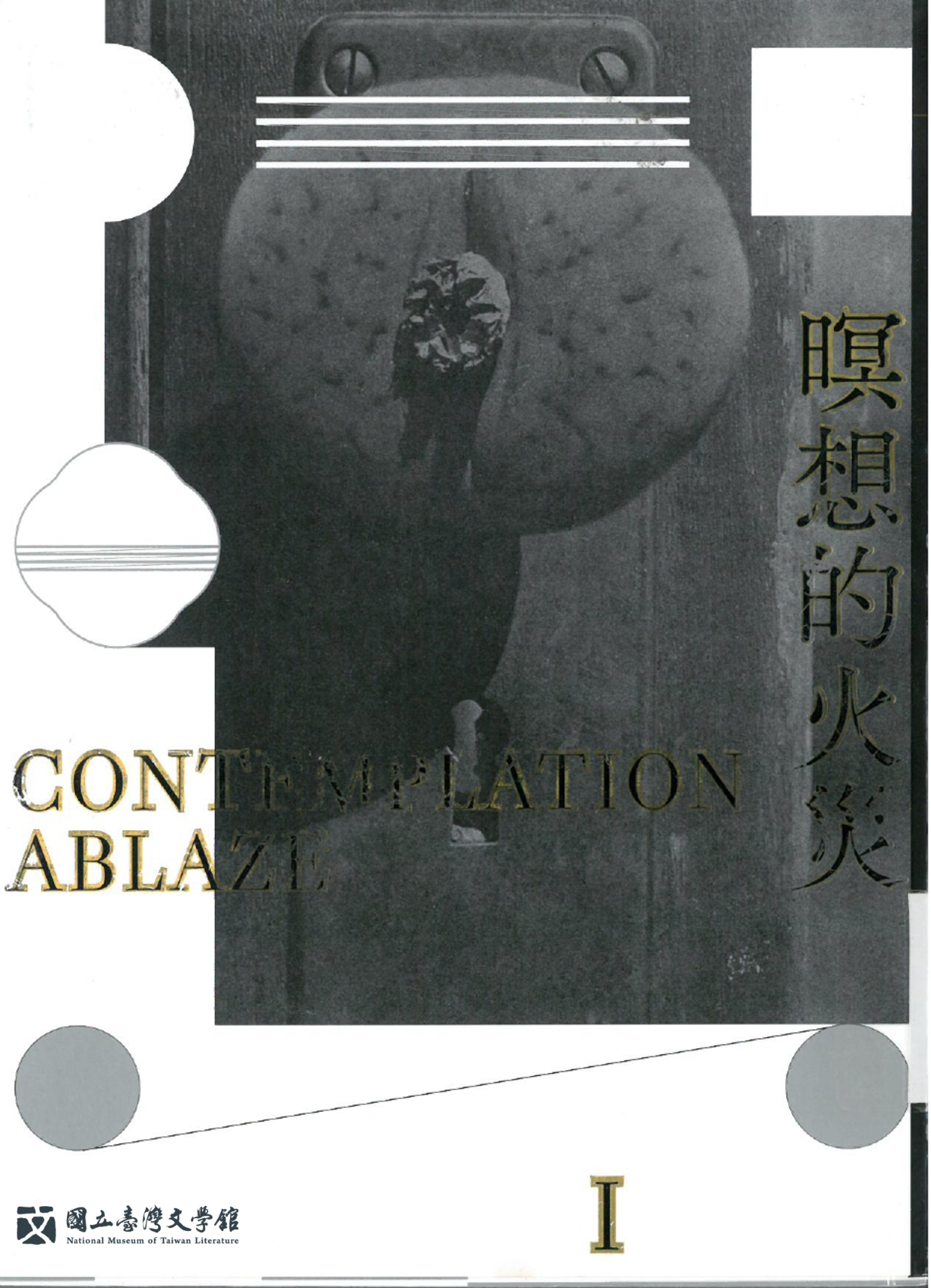

A young maiden, unadorned but for the natural beauty of youth. Sugarcane grasped firmly in hand; the sickle draws near. Father taps gloomily on his pipe. … At least this year I should make enough to afford our daughter's dowry. The cane winces at the thought it may be crushed into processed sugar.
Excerpted from "The Reward" Le Moulin Society and Times of the Poetry Group
Author: Li Yecang (Li Chang-jui)
Translators (Japanese to Chinese): Fang Wan-jen and Yang Yu-chiao
Publishers: Flâneur Culture Lab; Cultural Affairs Bureau, Tainan City Government; Fisfisa Media; Huang Ya-Li (2016)
_____________________________________________________________________
| About the Author |
Using Li Yecang as his pen name, Li Chang-jui came from Guanmiao Township, Tainan. He was an important poet of the "Windmill Poetry Society". He excelled in modern poetry, sharing a diverse style with his colleague Yang Chi-chang from the Society. In addition to his richly symbolic and lyrical works, Li's poetry featured a masculine beauty. Some of his later poems successfully integrated Taiwanese local scenery. During the White Terror period of the Kuomintang post-war era, he was executed without a verdict due to his involvement in the Linnei case of the Provincial Work Committee in Douliu.
